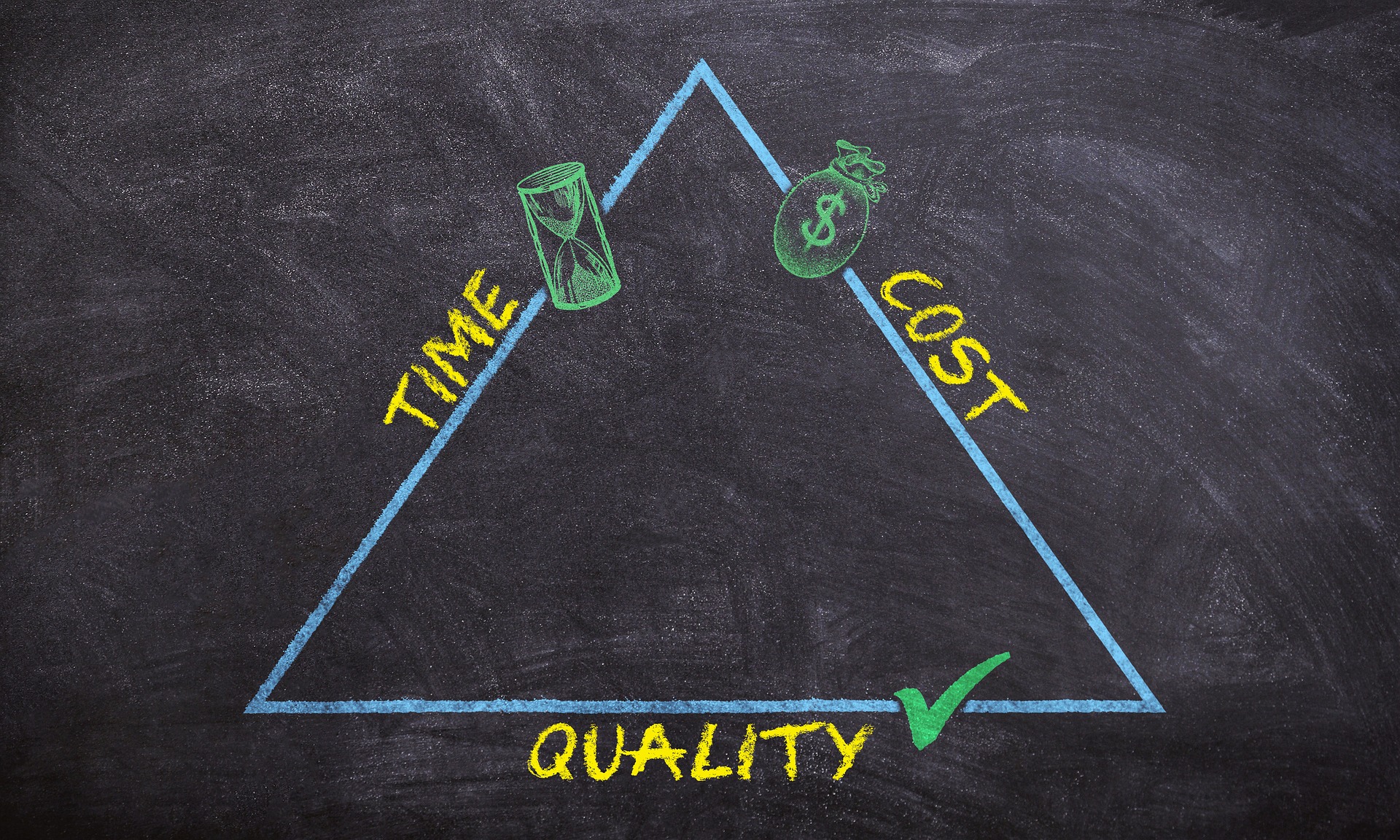As discussed in our previous Insights article, constrained optimization is the process of optimizing an objective function with respect to some variables in the presence of constraints on those variables.
So, what does that mean to your business? It means you can use complex math computations to understand the best ways to optimize your assets and processes to improve your bottom-line margins.
The implications to your business, when you get this right, could be staggering.
Let’s dive a bit deeper into the details around constrained optimization.
First, let’s focus on how to translate the optimization math terms into business terms. There are three mathematical aspects to any constrained optimization problem.
Components of Constrained Optimization
1. Variables
Variables are the data you want to optimize. In business, these are things like assets, materials, or routes, and they vary by industry. For example:
Logistics/Delivery: Logistics operations optimize things like trucks, docks, warehouses, centers, orders or products.
Manufacturing: Manufacturers optimize things like stock, parts, raw materials, components, or vendors.
Airlines: Airlines or cargo shipment optimize their fleet, passengers, cargo, etc.
Your business variables are the things that you need to be sure meet your objectives, while also conforming to the limits (constraints) placed on them. This brings us to the second math term.
2. Constraints
Constraints are the rules you have to follow as part of your optimization. In our personal lives, we have constraints, or limits, including affordability, time available, family schedules, etc. Business has constraints too. Here are a few:
Time: Time is the most obvious and frequent constraint in a business. In some cases, missing a time constraint can have enormous consequences. Time-based constraints are found throughout the business. Expected delivery date or time, on-shelf time, hours worked, hold times, route-times, and Service Level Agreements (SLAs) are just a few examples of time-based constraints.
Costs: Cost is also a common constraint in business. How much inventory to hold, how much labor to allocate, how much delivery cost to manage. Each of these affect how you optimize your processes, people, and products. Your processes need to deliver a specific outcome within a cost (and likely time) constraint. Your product availability is a constraint since you have to have a product to be able to sell or ship it. Your employees are a constraint as well. You have to have a pilot and crew, have to have workers to load trucks or manage warehouses, and employees available during peak demands on your business.
Offers: Promotional or other offers can be a constraint. If you’re running a country-wide promotion for a specific product or bundle of products, you have to be able to effectively meet the objectives of the promotion within the limits of product availability, delivery times, and stocking levels.
Constraints are any limitations you need to place on the business variables that you want to optimize. But now you need to set your optimization objective.
3. Objectives or Goals
These are the results you must obtain as part of the optimization. They drive your business success. Typically, optimizations are performed to either minimize or maximize a specific variable, and often with multiple objectives: minimizing one variable, and maximizing another. Some examples:
Minimize: Most constrained optimization problems to focus on minimizing a business aspect or aspects. Examples include costs (products, people, delays, out of stock,) time (delivery, route, downtime, delays, production, SLA responses.)
Maximize: Of course, we also want to maximize some aspects of our business, like our profit margins, margins/individual SKUs on products, on-time deliveries, and on-time SLA responses.
One other point to note when it comes to constrained optimization. Some optimizations allow for “continuous” computations, which means they allow for floating-point numbers, aka decimals. These are usually more scientific around continuous processes, like a chemical manufacturing operation.
Others allow for only discrete numbers in the computations, meaning whole numbers. Most business optimizations are discrete in nature, meaning the results need to be in whole numbers, not fractions. That becomes pretty obvious when you realize you can’t have 0.34 of a pilot or plane, 0.46 of a product package or truck and so on.
The Bottom Line
Applying constrained optimization techniques to your business is a powerful way to improve your business operational decisions and bottom-line results. Understanding the underlying math and how that translates into business variables, constraints, and objectives is key to identifying other areas of your business that can be improved through the use of constrained optimization.


